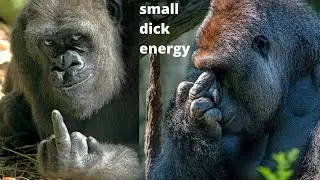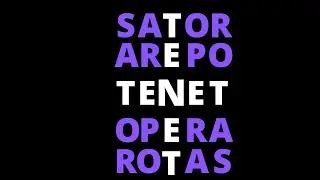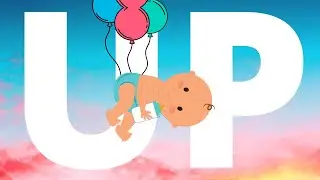Coin Flips Aren't 50/50. Here's Why. | Physics + Statistical Analysis
Coin flips are commonly used to decide which of 2 courses of actions to take. There are two sides to each coin, so tossing a coin should give you a equal chance of landing either heads or tails right? Right?
Wrong. No. Nein!
Coin flips having a 50/50 chance of returning heads or tails only makes theoretical sense. In reality, it’s closer to 51/49. With the toss favoring the side of the coin that’s facing up at the time of the toss.
There’s two main reasons for this:
1. Sometimes when you flip a coin, it appears to be flipping through the air. But in actuality, it’s contorting in the air over and over again, never actually flipping over to the other side.
2. Coin flips don’t just flip through the air, they also rotates like a pizza dough.
If you don’t believe me then try this: grab a quarter, hold it so George Washington is facing you, flip it and then catch it. Repeat as much as you’d like and you’ll see that most of the times, the flips ends with George Washington.
When I was filming this section of the video, I got three heads in a row. On my first try. I had to cut out the first toss because the length of all three tosses was too long, which is why it starts off in such a weird position in my hand. I'd just caught it and was showing the camera.
Comment below if you'd like to see the video I still have saved with all three tosses. I don't know why you would, but it's still an option.
Anyway, back to the video's summary....
In fact, a former Stanford statistician named Persi Diaconis once built a machine that would always, return heads on a coin flip if the coin started off with heads being up!
This is because, as his team said “coin-tossing is physics. Not random”.
This is always so why spinning a penny will land tails-up 4 out of 5 times. The heads side with Abe Lincoln is heavier, which means it’s more likely to land with that side facing down.


![Penguin's Detour - Hayashida Takumi [Sou cover] | Vietsub by HIMAWARI Mayuki](https://images.videosashka.com/watch/LrenGJluYoE)




![[TIBIA] BOSS RARO - WARLORD RUZAD - 5 KILLS - 100 PTS](https://images.videosashka.com/watch/OLJlYQhJuKM)
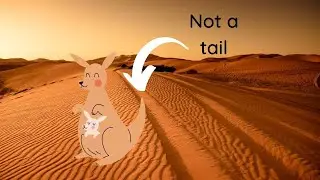





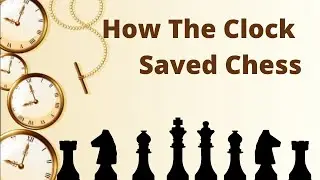

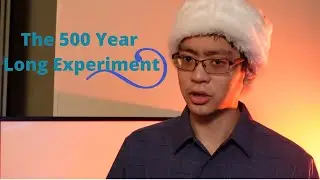
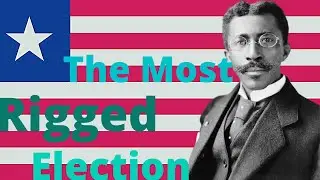
![These Commons Fruits Aren't Actually Vegan [AKA] why lemon water isn't vegan water](https://images.videosashka.com/watch/PGjsSt0PGMw)




